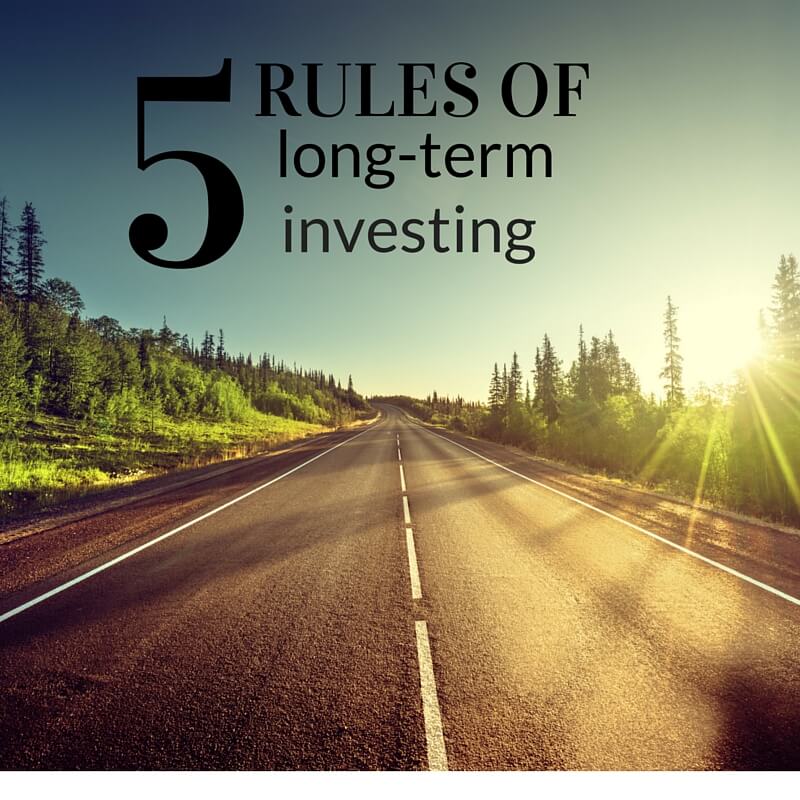Long-term investing is not for the faint of heart. The ups and downs of the constantly shifting market are enough to make some people uneasy about contributing too much of their hard earned income. But as the adage goes, good things come to those who wait. Following are five strategies to remember when investing for the long term:
- Patience is a virtue
Sure, it may seem overused and cliche, but enduring the market in good times and bad is a must for successful, long-term investing. Even in the midst of an economic downturn or season of volatility, think twice before taking your money and running. If you stick around, you may just witness how quickly the market can rebound–and then some. Removing funds from investments because of fear could cause some serious regret.
- Don’t fall in love with certain types of investments
This is a common mistake that can result in some serious damage to your portfolio. Even if you have a personal connection with particular business sectors or companies, avoid putting too many of your investment eggs in one basket. I generally recommend dedicating less than 25% of your portfolio to funds simply because you support what they stand for, or are a current or former employee of that company or industry. Putting a larger percentage of assets toward such funds could be dangerous when they take a turn for the worse. The more money you have invested in the same company or industry, the more difficult it will be to recover from a downturn.
- Decide on an appropriate amount of volatility (market risk)
A financial professional can help you assess how much risk you can–or are willing–to handle as an investor. Risk tolerance depend on a variety of factors, including your financial goals at retirement; additional streams of income and/or financial assets; current and estimated future income from your job; and stability of the company for which you work. In general, you can afford to take greater risks with investable assets when you have other, more stable sources of funds available. Additional factors that go into your risk tolerance are the amount you can afford to invest each month, your emotional ability to handle risk, and your time horizon.
Remember your risk tolerance changes over time. Age, income and life circumstances combine to form your current level of tolerance. For example, as you approach retirement, your risk tolerance could be lower since you have a shorter amount of time to rebuild if a risky investment causes problems.
Self-knowledge of your own personal financial situation is one of the most beneficial investing tools. This awareness can help accurately determine your risk tolerance and build a profitable portfolio, as well as prevent you from acting impulsively in a way that can hurt your long-term returns.
- Rebalance your portfolio when the time is right
Reexamining your portfolio once a year with a financial professional to make sure it’s balanced appropriately for your timeline and situation is important in long-term investing. For example, if you are nearing retirement, you will most likely want to rebalance your portfolio to assume less risk. This will restore your original asset allocation, reconfiguring it with your long-term risk tolerance and investment strategy. A financial professional can help you evaluate which assets have most likely piqued and can therefore be sold, as well as some new ones that may be a better fit for your portfolio as you approach your golden years.
- Take market news with a grain of salt
The media analyzes the market 24 hours a day, seven days a week, and often dramatizes the changes in the economy. That’s why it’s important not to view each downturn as a tragedy, or allow yourself to fret over each and every fluctuation. Chances are, things will steady themselves again in the days and weeks to come. Also, remember the longer you invest, the more you will learn the importance of enduring the storms and waiting for sunnier days. While the day trader sells or buys in reaction to immediate economic or market news, the buy-and-hold investor waits for selloffs, corrections and bear markets to pass.







